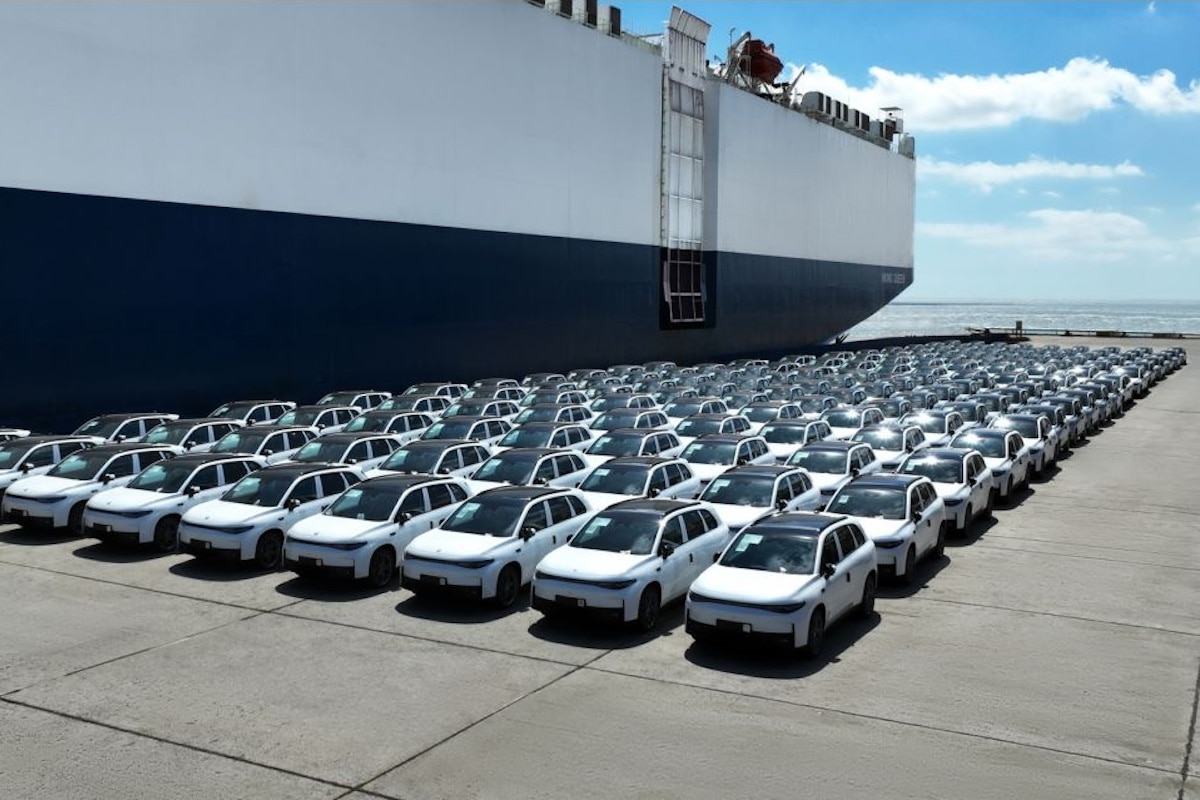The strange idea of a minimum price for Chinese cars

European Union advances the idea of a minimum price on Chinese electric cars, or how to pay more for less.
When the European Union (EU) and China consider reaching an agreement to establish minimum prices on Chinese electric vehicles (EVs), one might think it’s a commendable attempt to regulate a booming market. But in reality, this “strange idea” could well turn European consumers into the biggest losers in this new equation.
On April 10, a spokesperson for the European Commission confirmed that discussions had begun with China to set minimum prices on Chinese-made EVs, replacing the tariffs imposed last year. This decision follows, according to Reuters, a meeting between Maros Sefcovic, European Trade Commissioner, and Wang Wentao, Chinese Minister of Commerce. The discussions are set to commence immediately, according to the Chinese government.
A Liberticide Measure?
The idea of setting a minimum price raises many questions. While tariffs, sometimes as high as 45.3%, were meant to reduce the impact of Chinese subsidies, these new negotiations could revert to a time of questionable trade compromises. Historically, minimum prices involved homogeneous products like steel or solar panels, not complex products such as cars.
European consumers, for their part, risk paying the highest price. Unlike their Chinese counterparts, they could end up with cars priced artificially inflated. This consequence is unlikely to please everyone. The German automotive industry association (VDA) has labeled previous tariffs as errors and supports the idea of negotiated solutions. Rationally, with a third of their sales last year in China, German manufacturers have every interest in maintaining good trade relations with their second-largest global partner without lowering their tariffs.
In this business poker game, Europe might be the one dealt the bad card. While the idea seems aimed at fairness, it could mainly feed a sense of absurdity among consumers already hard hit by price increases. After all, if innovation is supposed to benefit everyone, why start by making the average European pay more?
Meanwhile, this initiative raises a crucial question: how to reconcile protecting local markets and ensuring access to sustainable mobility without further increasing consumers’ costs? A reflection that must go beyond simple trade balances to meet the expectations of European citizens.
READ ALSO: Is the European automobile industry really in mortal danger?
This page is translated from the original post "L’étrange idée d’un prix minimum pour les voitures chinoises" in French.
We also suggestthese articles:
Also read





